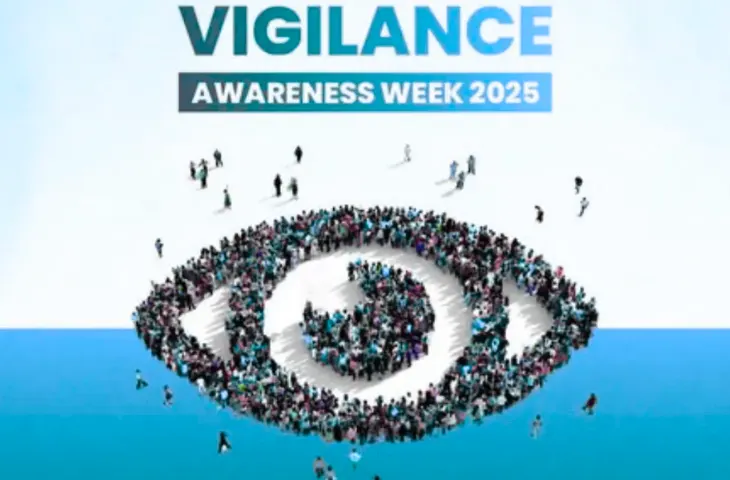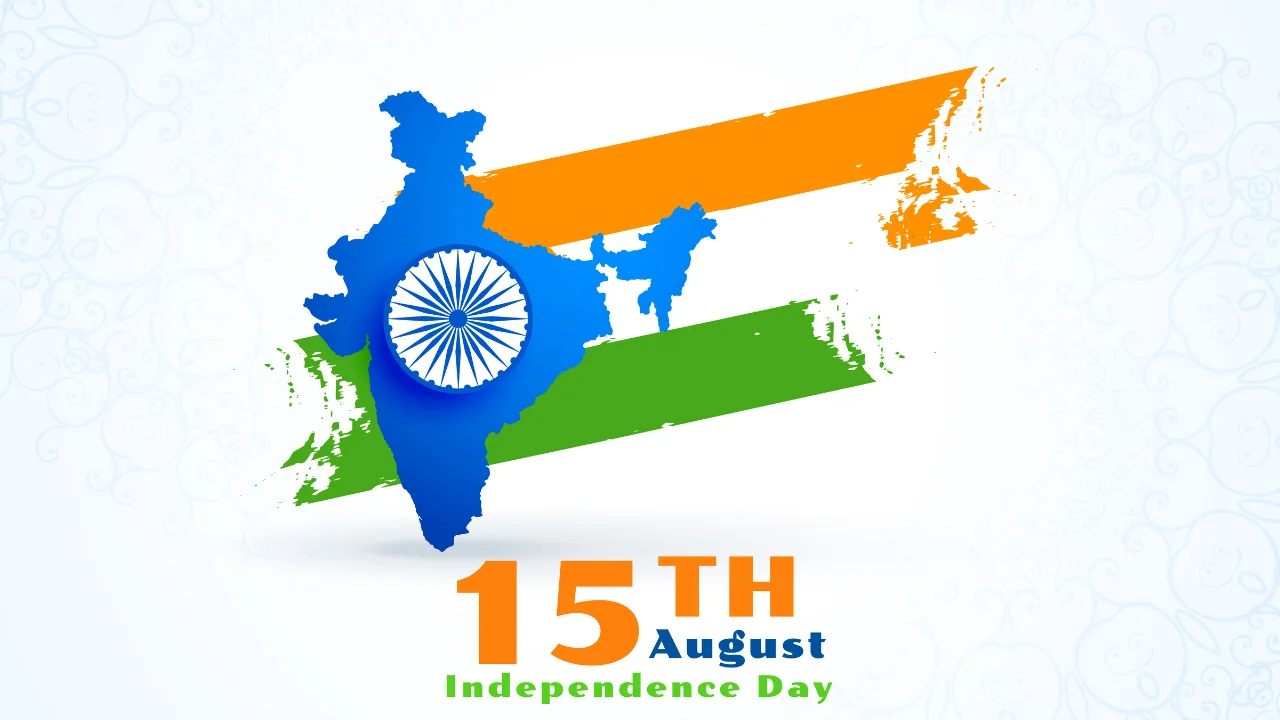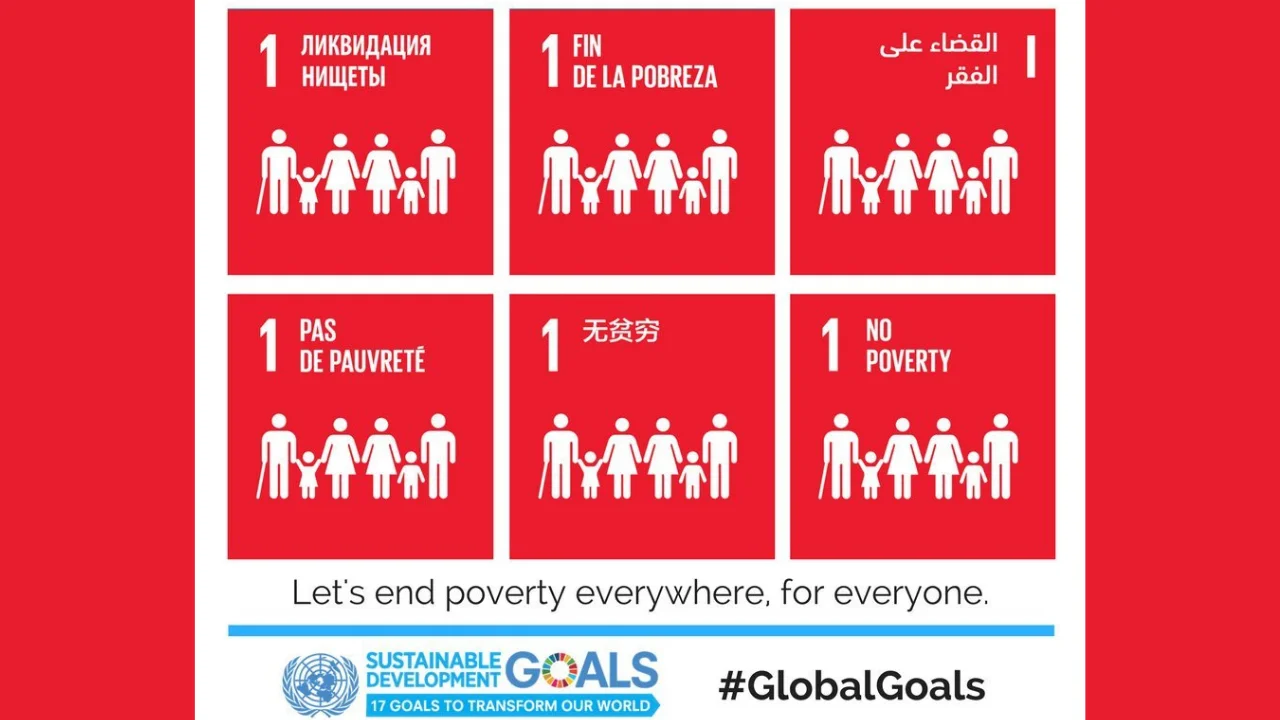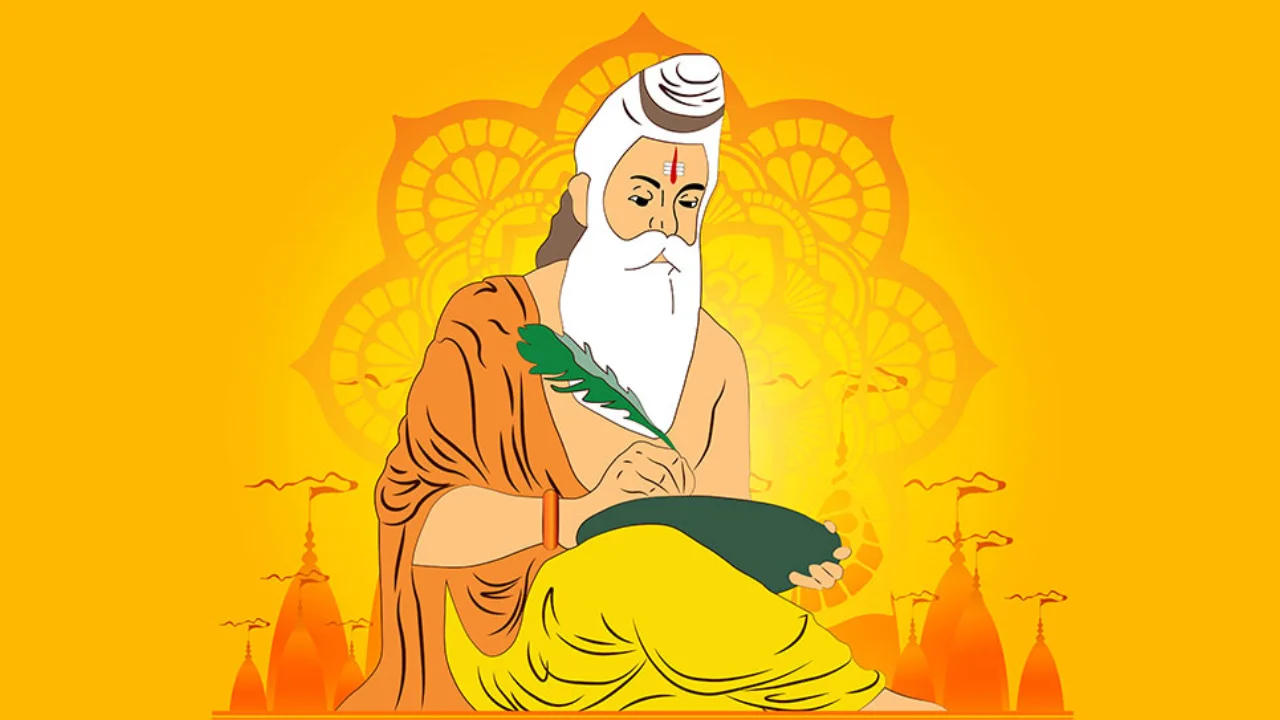Bihar Caste Survey
The recent release of the Caste Census, 2023 by the Government of the State of Bihar has unveiled significant insights. According to the survey, the combined population of Other Backward Classes (OBCs) and Extremely Backward Classes (EBCs) accounts for a substantial 63% of Bihar’s total population.
These findings carry significant implications for not only state and national elections but also the identification of eligible beneficiaries for various government welfare programs and schemes. Understanding the demographic composition of the state’s population is essential for the equitable distribution of resources and ensuring that marginalized and disadvantaged groups receive the support they need.
Key Findings of the Caste Census in Bihar
| Different Castes and Communities (Bihar) | Percentage Population (%) |
| Extremely Backward Classes (EBCs) | 36.01 % |
| Other Backward Classes (OBCs) | 27.12 % |
| Scheduled Castes | 19.65 % |
| Scheduled Tribes | 1.68% |
| Buddhists, Christians, Sikhs and Jains | < 1 % |
| Total Population (Bihar) | 13.07 crores |
Procedure Adopted in the Caste Census
The Bihar Caste Survey, 2023 was conducted in two distinct phases, each with specific objectives and criteria:
First Phase:
- In this phase, the primary goal was to enumerate and record the number of households in Bihar.
- Enumerators were provided with a set of 17 questions that respondents were required to answer.
Second Phase:
- During the second phase, the focus shifted to collecting data on individuals living within the households. This included information regarding their castes, sub-castes, and socio-economic conditions.
- It’s worth noting that while respondents were asked to provide various details, such as their Aadhaar number, caste certificate number, and ration card number of the head of the family, the inclusion of these specific identifiers was optional.
These two phases were designed to comprehensively gather demographic and socio-economic data, including caste-related information, across the state of Bihar.
Significance of the Bihar Caste Survey Findings
The Bihar Caste Survey, 2023 is expected to have significant implications and trigger various debates and actions. Here are some of the potential outcomes and effects of the survey:
- Increasing the OBC Quota: The survey results are likely to intensify demands for increasing the OBC (Other Backward Classes) quota beyond the existing 27%. There may also be calls for a sub-quota specifically for the Extremely Backward Classes (EBCs).
- Justice Rohini Commission’s Recommendations: The Justice Rohini Commission, tasked with examining the sub-categorization of OBCs, submitted its report. The recommendations, once made public, could influence reservation policies.
- Redrawing of 50% Reservation Ceiling: The data from the survey may reignite the debate around the 50% ceiling on reservations imposed by the Supreme Court in the Indra Sawhney v Union of India case (1992). Depending on the population of OBCs, there might be calls for a proportionate increase in reservation quotas.
- Fulfillment of Constitutional Obligations: The Caste Survey is aligned with the objectives stated in the Directive Principles of State Policies (DPSPs) outlined in Part IV of the Indian Constitution. It is expected to help in achieving the socio-economic objectives envisioned by the drafters of the Constitution.
- Realization of Sarvodaya: The data collected in the Caste Census can be used to develop targeted measures aimed at reducing inequality and promoting equity and social justice. This long-term goal aligns with the concept of “Sarvodaya,” which seeks the welfare and development of all.
Overall, the survey is set to have far-reaching implications in terms of reservation policies and social justice in Bihar and potentially across the country.
- Promoting Honesty and Integrity, Vigilance Awareness Week 2025
- India Independence Day 2025 (15th August), Theme & Significance
- Jal Jeevan Mission, Ensuring Safe and Sustainable Drinking Water
- International Day for the Eradication of Poverty 2025, Theme, History & More
- Maharishi Valmiki Jayanti 2025, History, Significance & How to Celebrate
- World Anesthesia Day 2025, Theme, History & More

Hello, I’m Aditi, the creative mind behind the words at Oliveboard. As a content writer specializing in state-level exams, my mission is to unravel the complexities of exam information, ensuring aspiring candidates find clarity and confidence. Having walked the path of an aspirant myself, I bring a unique perspective to my work, crafting accessible content on Exam Notifications, Admit Cards, and Results.
At Oliveboard, I play a crucial role in empowering candidates throughout their exam journey. My dedication lies in making the seemingly daunting process not only understandable but also rewarding. Join me as I break down barriers in exam preparation, providing timely insights and valuable resources. Let’s navigate the path to success together, one well-informed step at a time.






